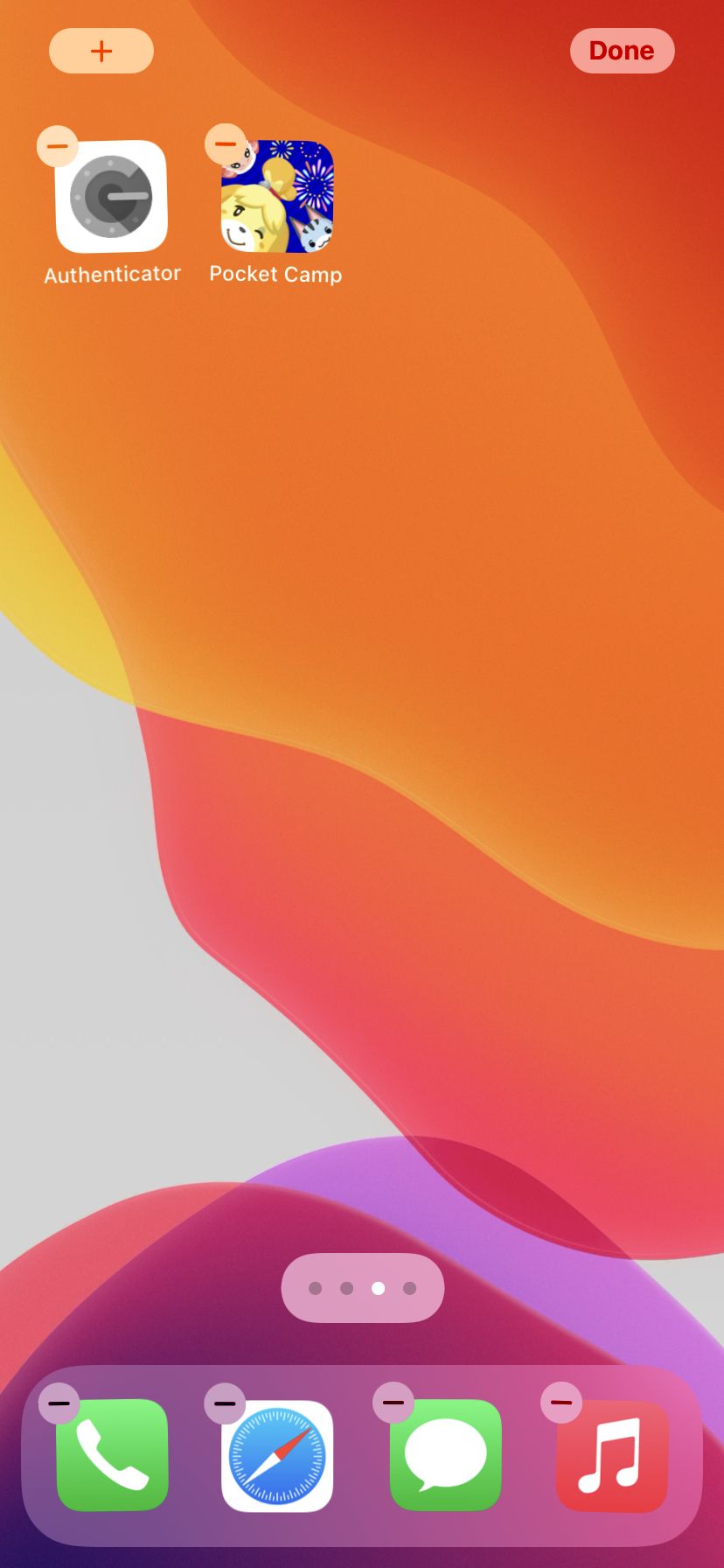One of the more prominent changes introduced in iOS 14, and one that is generating a lot of interest, is the addition of widgets that can be added to any page. There are all sorts of weird and useful things you can do with them (especially if you’re willing to play around with apps such as Shortcuts and Widgetsmith). To begin, here’s how to add an existing widget to your home screen:
- Touch and hold an empty area on your screen until your apps jiggle and show minus symbols
- Tap the plus sign in the upper-left corner, and you’ll bring up a menu of existing widgets
:no_upscale()/cdn.vox-cdn.com/uploads/chorus_asset/file/21899109/ios_14_widgets1.jpeg)
:no_upscale()/cdn.vox-cdn.com/uploads/chorus_asset/file/21899110/ios_14_widgets_choose_widget.jpeg)
- Tap on the widget you want to add. Swipe left and right to choose the widget’s size and shape.
- Tap “Add Widget”
- Once you’ve added the widget, tap anywhere on the home screen to go out of edit mode
:no_upscale()/cdn.vox-cdn.com/uploads/chorus_asset/file/21899111/IMG_1B07527E9748_1.jpeg)
:no_upscale()/cdn.vox-cdn.com/uploads/chorus_asset/file/21899114/IMG_B2496F42B677_1.jpeg)
Note that the first time you tap the new widget, you may be asked to adjust its features (for example, to tell a weather widget what you want it to report).
To move the widget around the screen or to another screen, just long-press it until it starts to shake and then move it where you want it. If you want to get rid of the widget, long-press to bring up a remove option.
But wait — there’s more:
Create a widget stack
You can create a stack of widgets if you want to save space or if there’s one widget you’ll only want to use occasionally.
To create a stack:
- Select a widget for your home screen as described above and place it where you want it. Select the next widget you want to stack (you can stack as many as 10) and save it to your home screen
- Long press the widget so that you can move it around the screen, and place it on top of the first. Note that the widget must be the same size and shape; you can’t, say, place a small widget on a medium-sized one.
To see each widget in your stack, swipe up or down on the top widget and the next one will be revealed.
:no_upscale()/cdn.vox-cdn.com/uploads/chorus_asset/file/21899734/start_stack_5.jpeg)
:no_upscale()/cdn.vox-cdn.com/uploads/chorus_asset/file/21899757/smart_stack3.jpeg)
If you want to change the position of or remove any of the apps in the stack:
- Long press the stack and select “Edit Stack”
- Press the three lines to the side of each app to change its position in the stack
- To remove the app, swipe it to the left
Create a Smart Stack
Apple has also created a feature it calls a “Smart Stack,” which will automatically choose which widget should be on top depending on your location, what time it is, or what you most often look at.
iOS 14 comes with a pre-built Smart Stack made up of a group of selected apps. You add that stack the same way you’d add any widget:
- Long press on your home screen and tap the plus icon in the upper-left corner
- Scroll down until you see the widget called “Smart Stack”
- As with the other widgets, scroll sideways to choose the size you want, and then tap “Add Widget”
:no_upscale()/cdn.vox-cdn.com/uploads/chorus_asset/file/21899715/smart_stack2.jpeg)
:no_upscale()/cdn.vox-cdn.com/uploads/chorus_asset/file/21899760/smart_stack_4.jpeg)
Once you’ve added it, you can change the order of the included apps or remove the ones you don’t want, the same way you’d remove any stacked apps. Or if you want to start from scratch, you can create your own Smart Stack:
- Long press any stack you’ve created and select “Edit Stack”
- Toggle “Smart Rotate” on
Use widgets on iPads
You can also use widgets (and widget stacks) on iPads — however, they can only be placed in the Today view on the left side of the left-most screen. Otherwise, the process for adding and stacking widgets is the same as on the iPhone — as is the process for creating Smart Stacks.
If you want to keep your widgets in view no matter which screen you’re on, you can.
- Press and hold an empty area in the Today View
- When you see “Keep On Home Screen,” toggle it on
Meanwhile, if you want to start creating your own widgets or find out what you can do with the new App Library, check out these articles:
